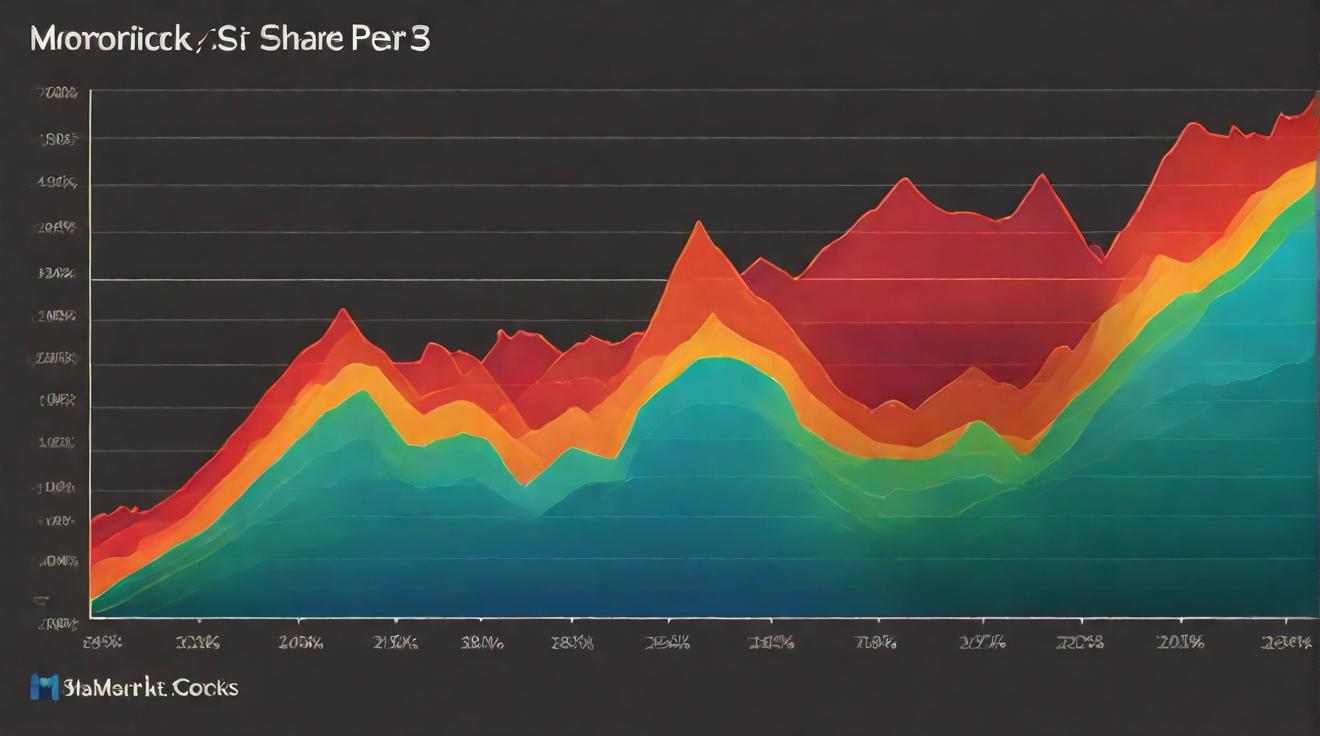OPEC's Revised Oil Demand Forecast: A Closer Look
The Organization of the Petroleum Exporting Countries (OPEC) has recently adjusted its forecast for global oil demand growth in 2024, marking a pivotal shift in the energy market landscape. This adjustment, influenced by softer expectations for China, underscores the challenges faced by the broader OPEC+ alliance as they contemplate production hikes starting this October.
Understanding the Revision
In its latest monthly report, OPEC has revised its forecast for global oil demand growth to 2.11 million barrels per day (bpd) for 2024, down from the previously anticipated growth of 2.25 million bpd. This marks the first downward revision since the forecast was initially released in July 2023. The revision is largely attributed to a slowdown in China's oil demand, driven by a slump in diesel consumption and an ongoing crisis in the Chinese property sector.
Despite this revision, OPEC's forecast still stands at the higher end of industry estimates, surpassing the more conservative view of the International Energy Agency (IEA), which is expected to update its lower growth projection soon.
Factors Influencing Demand
The adjustment reflects recently acquired data from the first and second quarters of 2024 and a reassessment of China's economic outlook. The predicted demand growth remains above the historical average of 1.4 million bpd observed pre-pandemic in 2019. Additionally, the demand for transport fuels is anticipated to stay robust thanks to continued healthy road and air mobility, even though the summer travel season commenced at a slower pace this year compared to last.
OPEC+ Production Strategy
Amid this backdrop, OPEC+, which includes OPEC members and allies like Russia, has been strategically implementing output cuts since 2022 to stabilize the oil market. As of August 1, OPEC+ reaffirmed its strategy to begin unwinding recent production cuts of 2.2 million bpd from October, contingent upon market conditions. This decision is subject to change based on ongoing evaluations of global oil market data.
Despite these planned cuts, actual production from OPEC+ has increased, with July's output reaching 40.9 million bpd, led by Saudi Arabia. Looking forward, OPEC anticipates demand for OPEC+ crude at 43.8 million bpd by the fourth quarter, potentially allowing for increased production if market conditions permit.
Market Reactions and Future Outlook
The oil market has shown resilience with prices stabilizing above $80 per barrel following the report, despite earlier dips due to concerns about Chinese demand and a possible U.S. recession. As the IEA is set to release updated figures, the oil market remains closely watched, with analysts and industry stakeholders assessing future trends and potential shifts in supply and demand dynamics.
In summary, OPEC's revised forecast highlights a delicate balance between adjusting production levels and anticipating future demand fluctuations, particularly concerning China's economic trajectory and broader global economic trends. As these developments unfold, market participants will continue to monitor the situation closely, adjusting strategies accordingly to navigate the complexities of the global oil market.













